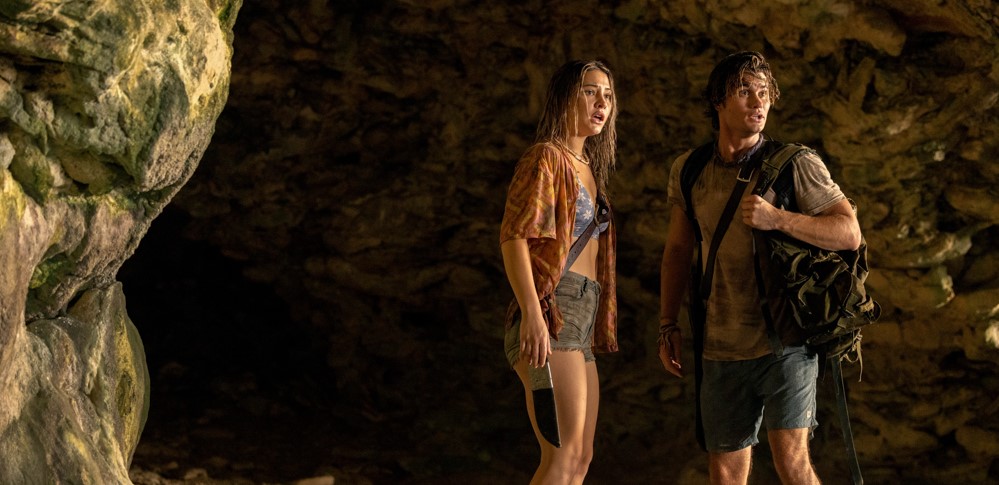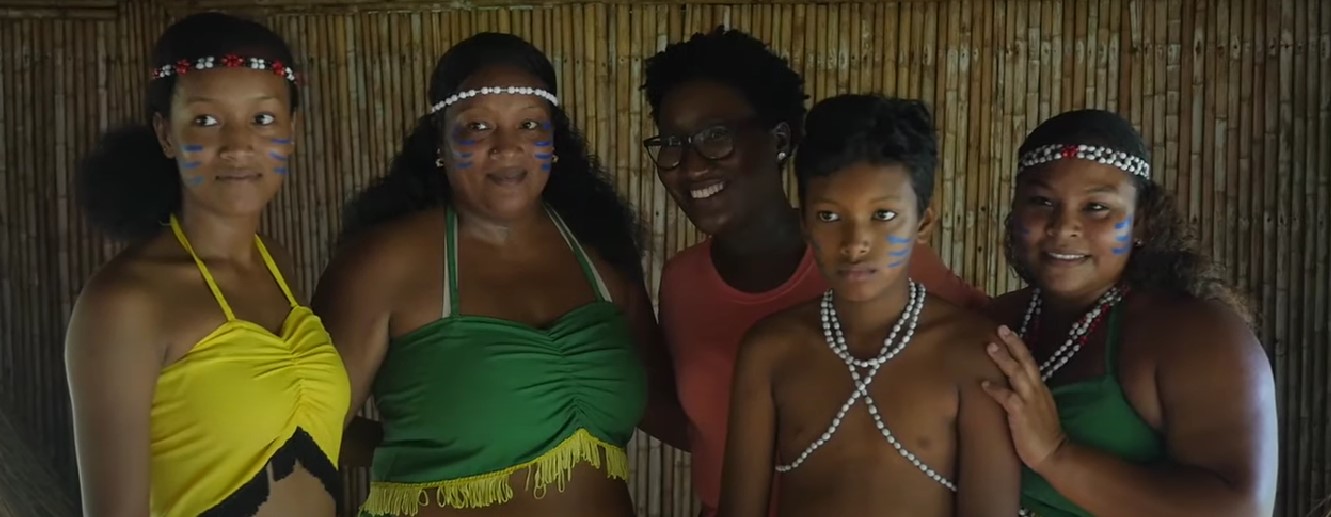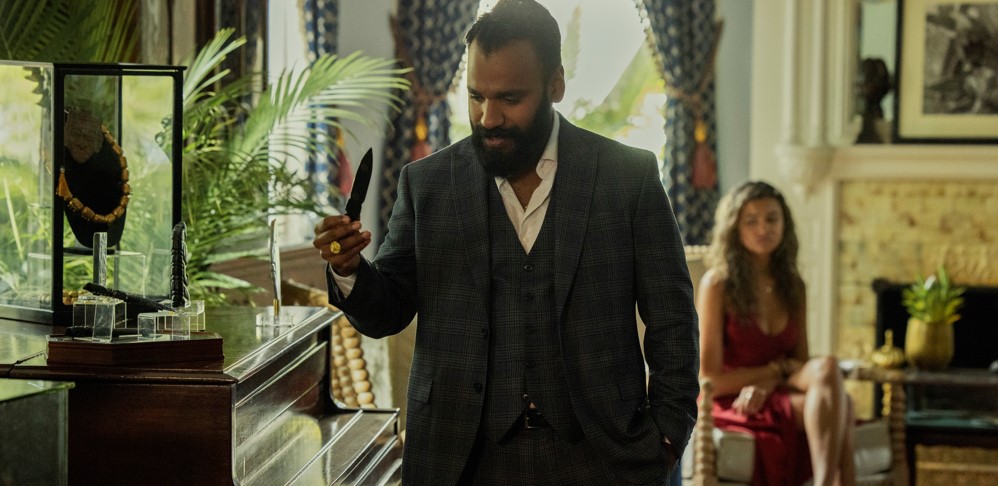In the third season of Netflix’s ‘Outer Banks,’ John B (Chase Stokes) and his friends search for the fabled El Dorado. According to the series lore, El Dorado was founded by a king of the Guajiro people 500 years earlier. As he came near his death, the king didn’t simply want to leave the city of gold to his children. Instead, he devised the test of the gnomon to find the wisest person to inherit the treasure. His children failed, as did conquistadors, knights, tribes, and entire nations in the following centuries.
The gold of the Royal Merchant shipwreck and that of the Cross of Saint Domingo are originally from El Dorado. It is implied that the gold is cursed for those who find it without passing the test. This is why the crew members of San Jose — who brought the gold out — and the crew members of the Royal Merchant perished. Even in the present time, it is implied that Ward died because he had the gold from those two ships. If you are wondering whether the treasure of El Dorado is real, we got you covered.
El Dorado: From Golden Man to Mythical Empire
For the past five centuries, the legends of El Dorado (also spelled Eldorado) have fuelled the imaginations of artists. Multiple expeditions have been launched in search of it, though none of them were comprehensively successful. At present, the general belief is that the existence of El Dorado is a myth. The origin of the myth is much different from what it became. El Dorado was initially a man. The translation of that Spanish phrase stands for “the golden,” which originated from “El Hombre Dorado” (The Golden Man) or “El Rey Dorado” (The Golden King).
In the 16th century, the Spanish colonizers used these phrases to refer to a mythical tribal chief or king of the Muisca, an indigenous people and culture of the Altiplano Cundiboyacense located in Colombia in the present day. According to the account of Juan Rodriguez Freyle, whose chronicle ‘El Carnero’ is the first literary work containing the original narrative, this “zipa” (tribal chief) covered himself in gold dust and bathed at Lake Guatavita as part of a ritual. Freyle writes that the ritual was the coronation of the new ruler and refers to the god that the Muisca people worship as a demon.

In ‘The Quest of El Dorado,’ the account of poet-priest and historian Juan de Castellanos, who was involved in Jiménez de Quesada’s conflict with the Muisca, describes a similar ceremony. In the pre-colonial era, the Muisca was one of the four great civilizations of the Americas, along with the Inca, Aztec, and Maya. After the legends of the Incan gold were proven to be largely accurate, extensive searches for El Dorado began. The legend of El Dorado changed as the years passed. What initially was a man became a city, and that became a kingdom, and that became an empire.
Over the previous five centuries, numerous excavations have been launched in the regions now part of Colombia, Venezuela, and parts of Guyana and northern Brazil. The attempts to find the gold by training Lake Guatavita, located near Bogotá, have been made multiple times with mixed results until it was reportedly made illegal by the Colombian government.
Some treasure seekers thought that the location of El Dorado was the legendary Lake Parime or Lake Parima. This includes English explorer Sir Walter Raleigh, who launched two famous but ultimately unsuccessful expeditions in search of the lake in the late 1590s. His account indicates that he maneuvered through the Orinoco River and reached at least Angostura (present-day Ciudad Bolívar, Venezuela). He originally became interested in this region after coming across the account of Juan Martinez (presumably Juan Martin de Albujar), who encountered the Carib people while exploring Lower Orinoco as part of Pedro de Silva’s expedition in 1570. Martinez mentioned being taken to a golden city where the Caribs offered him hospitality. When he returned, he didn’t remember how to reach the golden city again.
Kalinago People Exist Even Today
Yes, the Kalinago people did exist. In fact, they exist even today and are the native inhabitants of the Lesser Antilles in the Caribbean. The Kalinago people are alternatively known as the Caribs or the Island Caribs. It is likely that they have some connection with the Mainland Caribs (Kalina) of South America, who play an integral role in the alternative myth about El Dorado.

The accounts of Spanish conquistadors describe the Kalinago as cannibalistic. Christopher Columbus was the first European to use the term “Carib,” which also was the source of the collective of these islands as well as the Caribbean Sea. It is believed that the Spanish probably referred to the hostile natives as Carib and friendly natives as Arawak.
The Kalinago people had their own language, but it became extinct around 1920. Despite facing centuries of oppression under the Spanish, English, and French, the Kalinago are found today across Dominica, Trinidad and Tobago, Saint Lucia, and Saint Vincent and the Grenadines, though their number has greatly depleted. There is a district in Dominica called the Kalinago Territory, originally created in 1903 by the British.
Read More: What Is Gnomon of Solana in Outer Banks? Is it Real?


You must be logged in to post a comment.